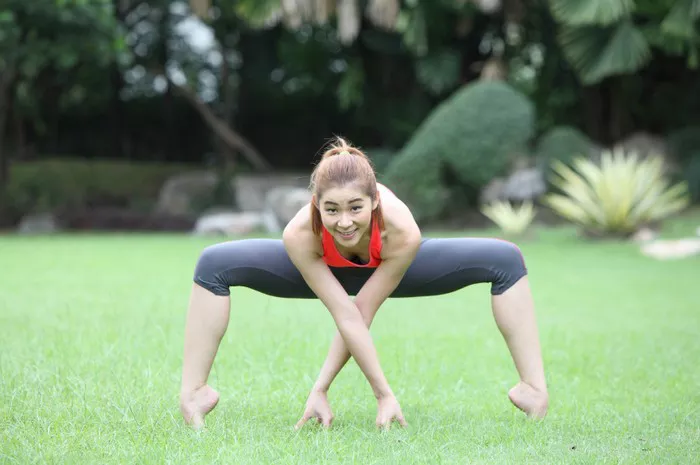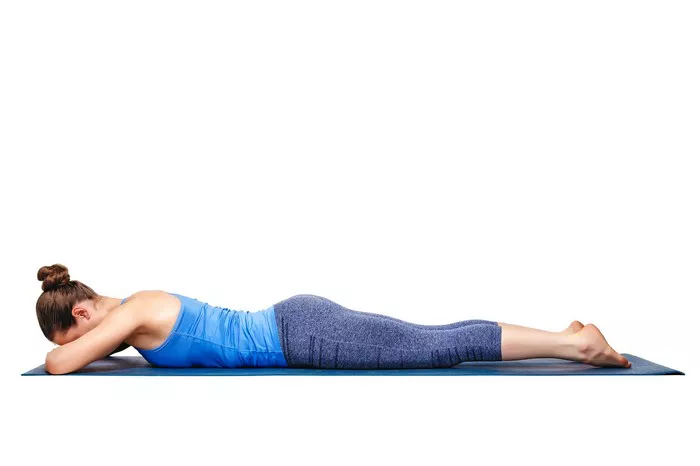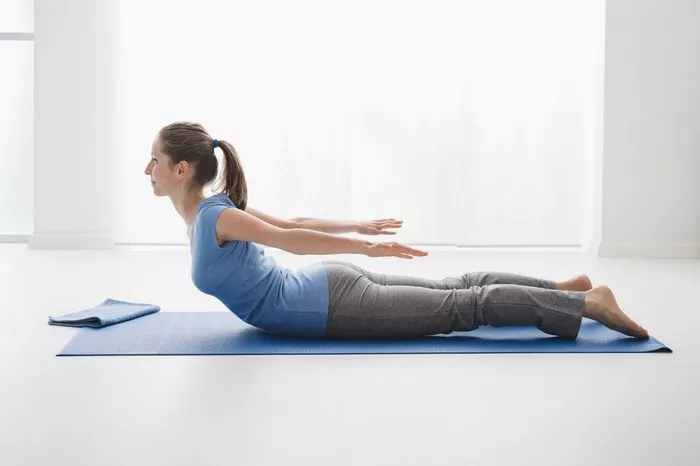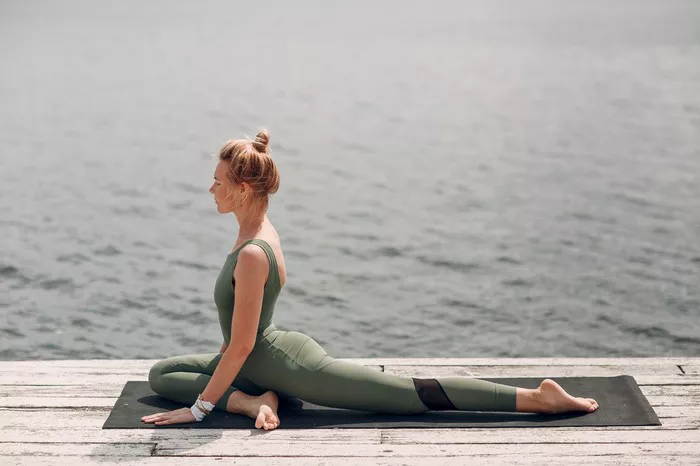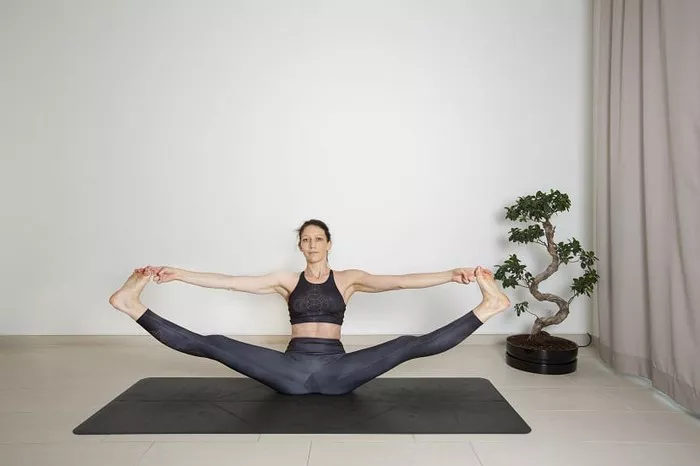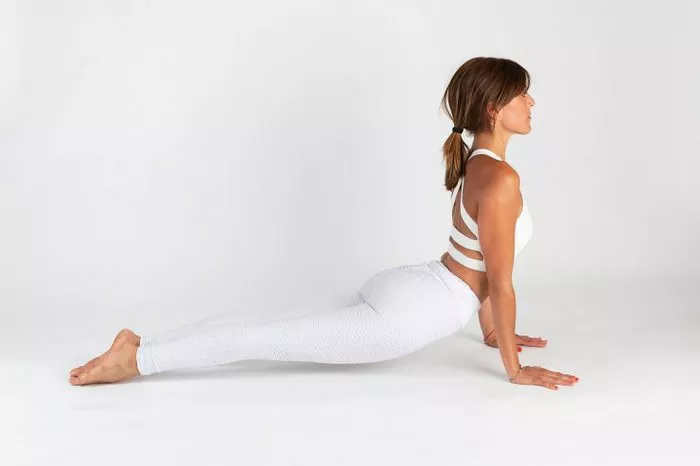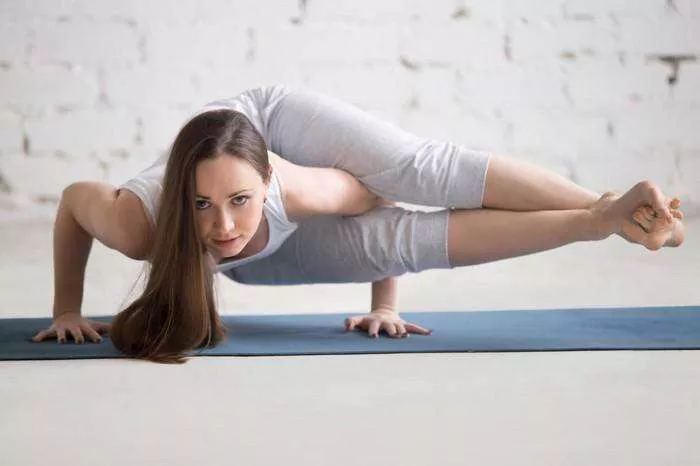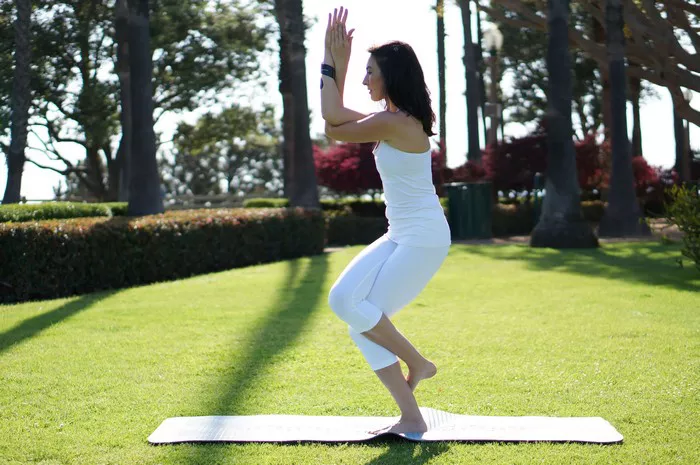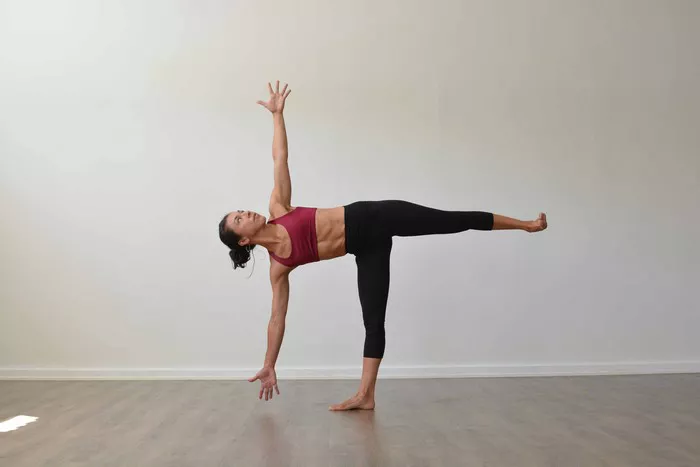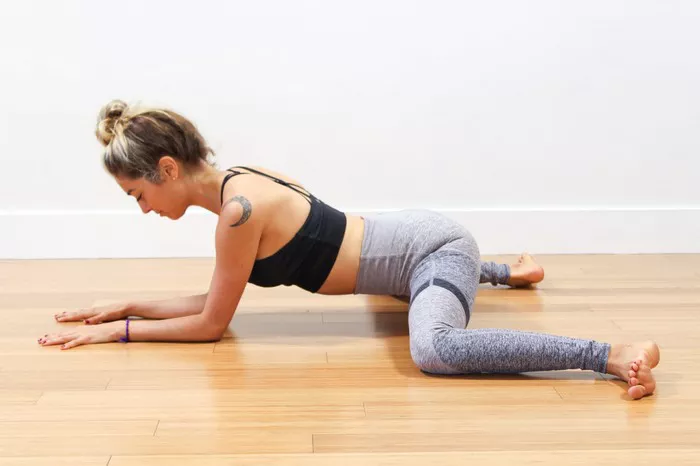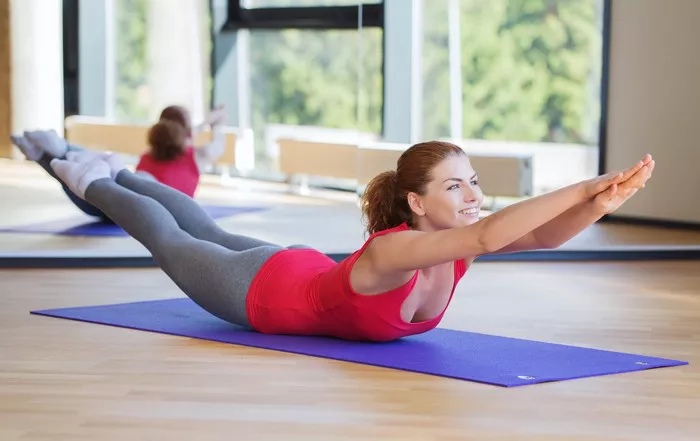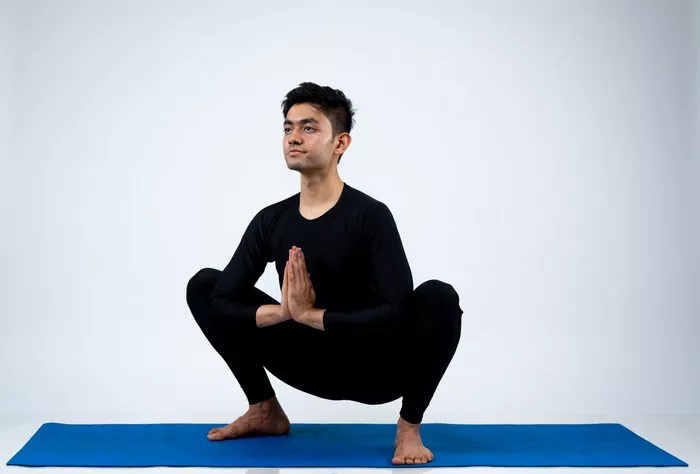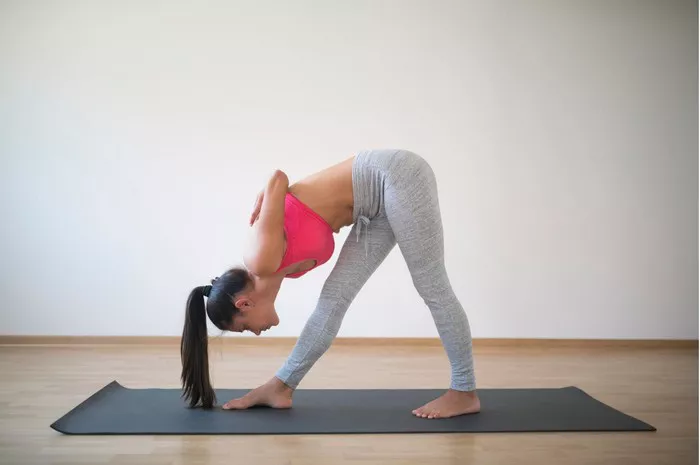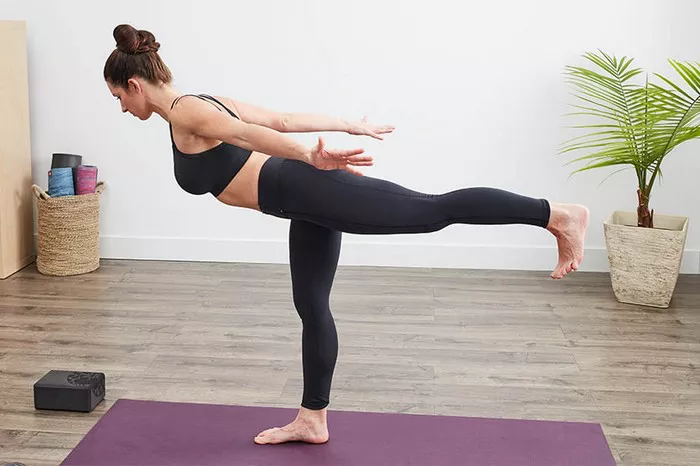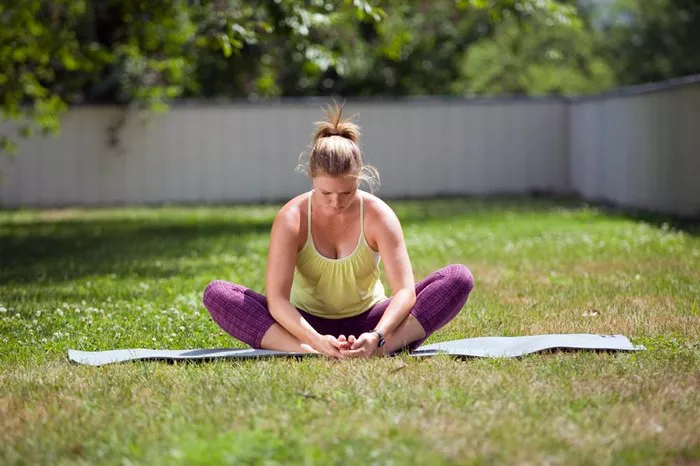Yoga is a practice that brings together the mind, body, and breath through a series of postures and techniques. Among these is the Lying Baby Pose, a gentle yet effective posture often used in both beginner and advanced practices. Known for its calming effects and therapeutic benefits, this pose is commonly incorporated into cool-down sequences or restorative yoga sessions. Understanding how to perform this pose correctly, along with its benefits, variations, and precautions, can help deepen your yoga experience.
What is the Lying Baby Pose?
The Lying Baby Pose, also called “Ananda Balasana” in Sanskrit, is a relaxing supine pose where the practitioner lies on their back and holds their feet while drawing the knees toward the armpits. The name is derived from the natural position babies often assume when lying on their backs. This pose is designed to open the hips, stretch the inner thighs, and calm the nervous system. It is often used in yoga classes as part of a sequence focused on flexibility, relaxation, and grounding.
Step-by-Step Guide to Practicing Lying Baby Pose
- Start on your back: Lie flat on your yoga mat with your spine aligned and arms resting at your sides.
- Draw your knees in: Bend your knees and bring them toward your chest.
- Grab your feet: Reach up with your hands to hold the outer edges of your feet. Make sure your arms are on the inside of your knees.
- Align your ankles and knees: Try to keep your ankles directly above your knees, forming a 90-degree angle with your legs.
- Gently pull downward: Use your hands to gently draw your feet down, bringing your knees closer to your armpits.
- Relax and breathe: Hold the position while taking deep, even breaths. Focus on relaxing the lower back and releasing tension in the hips.
- Hold and release: Stay in the pose for 30 seconds to a minute, then gently release your feet and extend your legs.
Benefits of Lying Baby Pose
Lying Baby Pose offers numerous physical and mental benefits, making it a favorite among yoga practitioners of all levels. Here are some of the key benefits:
- Hip Opener: This pose provides a deep stretch to the inner thighs and hips, enhancing flexibility and reducing stiffness.
- Lower Back Relief: It gently massages and relaxes the lower back, which can help alleviate pain or tension in that area.
- Calming Effect: Practicing this pose can reduce stress and anxiety by encouraging slow, mindful breathing and relaxation.
- Improved Posture: By realigning the spine and pelvis, this pose can contribute to better posture over time.
- Stimulates Digestive Organs: The gentle pressure on the abdomen can aid in digestion and stimulate internal organs.
Variations of Lying Baby Pose
There are several variations of the Lying Baby Pose that can be adjusted based on flexibility, comfort, or intended outcomes. Some of these include:
- Supported Lying Baby Pose: Use a yoga strap around your feet if you have difficulty reaching them. This allows you to experience the benefits without strain.
- One-Legged Baby Pose: Practice the pose with one leg at a time for a gentler stretch or if you have limited mobility.
- Reclined Happy Baby with Rocking: Gently rock side to side to massage the spine and increase relaxation.
- Wall-Supported Version: Place your feet against a wall for added support, which can be helpful for beginners or those with tight hips.
Common Mistakes to Avoid
While Lying Baby Pose appears simple, improper alignment or overexertion can reduce its effectiveness or lead to discomfort. Here are common mistakes to be aware of:
- Pulling too hard: Overstretching can strain the hips and lower back. Use gentle pressure.
- Lifting the head or shoulders: Keep the head and shoulders relaxed on the mat to maintain spinal alignment.
- Arching the lower back excessively: Ensure the tailbone stays grounded to avoid tension.
- Gripping the feet forcefully: Keep a soft grip on your feet to maintain relaxation.
- Holding the breath: Maintain a steady, even breath throughout the pose.
When to Practice Lying Baby Pose
Lying Baby Pose can be incorporated at various points during your yoga practice. It’s particularly useful in the following scenarios:
- End of Practice: As a cooling-down posture to relax the body and mind.
- Before Bedtime: Its calming nature makes it ideal for winding down before sleep.
- After a Workout: Helps release hip tension and stretch tight muscles.
- During Restorative Yoga: Used in sequences aimed at healing and recovery.
- Morning Routine: A gentle way to start the day with mindfulness and flexibility.
Who Should Avoid Lying Baby Pose?
While generally safe, Lying Baby Pose might not be suitable for everyone. Consider avoiding or modifying the pose if you:
- Are pregnant: The pressure on the abdomen might be uncomfortable or unsafe.
- Have a knee or ankle injury: Holding the feet and flexing the knees could aggravate injuries.
- Suffer from sciatica: Consult a healthcare provider to avoid aggravating the condition.
- Experience lower back pain: If pain worsens in the pose, consider alternatives or props.
- Have recent abdominal surgery: The stretch could put pressure on healing areas.
Safety Tips and Modifications
Practicing yoga safely is essential, especially when dealing with sensitive areas like the lower back and hips. Keep these tips in mind:
- Use props: Yoga straps, blankets, or bolsters can provide support and prevent overstretching.
- Warm up first: Engage in gentle stretches to prepare the hips and lower back.
- Modify as needed: Don’t hesitate to use variations that suit your body’s condition.
- Focus on breath: Breathing deeply ensures muscle relaxation and better oxygen flow.
- Listen to your body: Discomfort is a signal to adjust the pose or come out of it entirely.
Incorporating Lying Baby Pose into Your Routine
To fully reap the benefits of Lying Baby Pose, consider integrating it into your regular yoga or stretching routine. Here’s how:
- As part of a hip-opening sequence: Follow up poses like Pigeon Pose or Lizard Pose.
- With a meditation practice: Begin or end a meditation session to prepare the body and mind.
- Before or after spinal twists: Helps to realign the spine and release residual tension.
- Alongside breathing exercises: Enhances the calming effect of pranayama.
- In combination with guided relaxation: Use in Yoga Nidra or body scan meditations.
Conclusion
The Lying Baby Pose is more than a gentle yoga stretch—it is a powerful tool for relaxation, flexibility, and self-awareness. Whether you are a beginner or an experienced yogi, incorporating this pose into your practice can offer both physical relief and mental clarity. With proper alignment, awareness, and modifications as needed, the Lying Baby Pose can become a grounding and restorative part of your wellness journey.
FAQs
Q: How long should I hold the Lying Baby Pose?
A: Beginners can start with 30 seconds, gradually increasing up to a minute or more as comfort allows.
Q: Can I do this pose daily?
A: Yes, it is safe for daily practice unless contraindicated due to medical reasons.
Q: What should I do if I can’t reach my feet?
A: Use a yoga strap around each foot to bridge the gap between your hands and feet.
Q: Is it normal to feel a stretch in the lower back?
A: A mild stretch is normal, but if you experience pain, ease off or use props for support.
Q: Can children practice Lying Baby Pose?
A: Yes, with supervision. Children naturally adopt this pose and can benefit from it when taught safely.
Q: Is Lying Baby Pose good for beginners?
A: Absolutely. It’s a beginner-friendly pose that can be modified to suit different flexibility levels.
Q: Should I perform this pose on a hard floor?
A: Use a yoga mat or soft surface to protect your spine and enhance comfort during the pose.
Related Topics:


